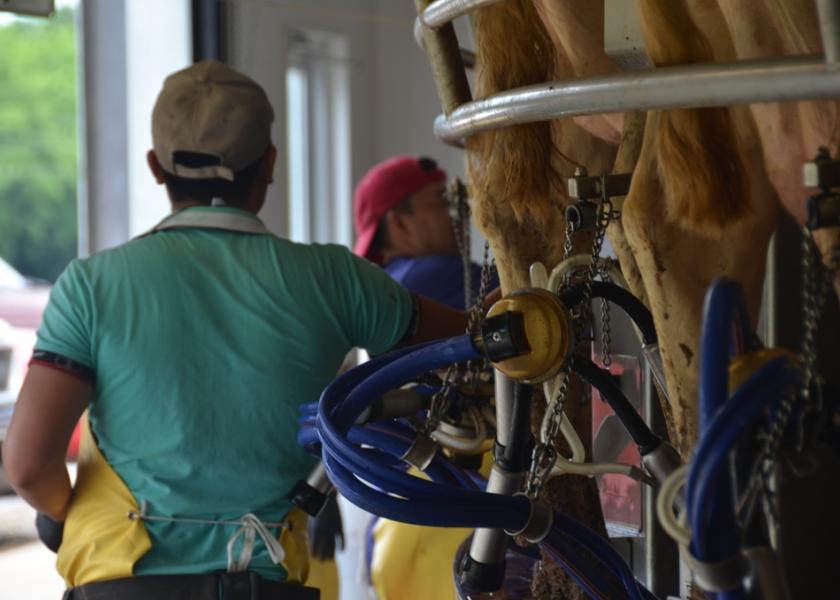Somatic Cell Counts - How Low is Too Low?

Can somatic cell counts get too low? That seems to be a question I receive often from producers who are trying to achieve optimum milk quality. A high somatic cell count (SCC) is undesirable from the standpoint of quality, but some producers fear that a SCC that is too low might result in more cases of mastitis due to reduced bacteria-fighting capacity.
Somatic cells are white blood cells that fight infection and repair tissue damage. When the udder is infected, white blood cells move to the udder and into the milk to defend against the invading bacteria. This process is very important; without it, elimination of even mild cases of mastitis would be very slow with tissue damage increased. Somatic cell counts in the udder do not reflect the pool of cells which can be recruited from the blood to fight infections. Milk SCC simply measures the number of cells in the milk. The higher the SCC the greater the chance that the quarter is infected. The key to mastitis prevention is good management practices and healthy cows that can quickly fight mastitis battles when needed.
The question is, are low SCC cows at greater risk to mastitis infections? Ideally, an individual cow cell count should be between 100,000 and 150,000. With a count below 50,000, there is some evidence that cows respond more slowly to infection. As an Extension Educator, I am always encouraging dairy producers to decrease their SCC for high production and profitability. Many farms are reaching an overall herd SCC of less than 75,000, which was unheard of 10 years ago. This is due to increases in research and new technologies that are available. As farms reduce their bulk talk SCC below 100,000, they increase the number of low cell count cows in their herd. This may also increase the risk of clinical mastitis. However, the benefits of having a low SCC far outweigh the risks. The answer is not to increase your SCC, but to maximize immunity and keep cows in the best environment possible.
Why do low SCC cows get clinical mastitis, which is sometimes lethal? Is it because of decreased immunity or opportunity? High SCC herds mostly deal with contagious bacteria. These infections are usually subclinical and go undetected for a period of time. If clinical, they are usually mild with a few flakes, clots, or swelling. Environmental bacteria are rarely seen in these herds, because they are opportunists and can't compete with the highly invasive contagious bacteria. Low SCC herds usually have low levels of contagious bacteria and limit the spread with good milking procedures and management practices. When these herds do get an infection it is usually environmental. These organisms are opportunistic, not invasive, meaning most animals who get these infections are immune suppressed or stressed, such as dry cows or early lactation animals. Low SCC cows are not more susceptible to environmental organisms, but clinical signs tend to be more visible and grab the attention of producers.
In conclusion, the pros outweigh the cons in this particular debate. Producers should continue to produce the highest quality milk possible. A low SCC means increased income from more milk, increased quality premiums, and decreased mastitis costs. Keeping your cows healthy with proper nutrition, a clean environment, and good management will reduce the risk of infection. The ultimate winner is the consumer, who gets a high quality dairy product.







